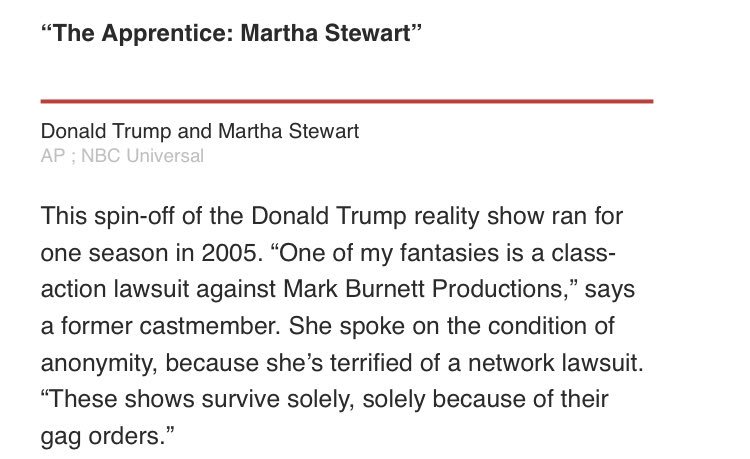You are powerful. You have a story to tell. May I help you tell it?
eventbrite.com/e/tell-your-st…














It begins with a character story. Dorothy is dissatisfied with her role as a Kansas farm girl.
Then open Event. Tornado!
Open milieu. Welcome to Oz.
And…Inquiry. What do the ruby slippers do?

Depart Oz, closing milieu.
Return to Kansas where everything is fine, closing event.
Dorothy says, “I didn’t need to go looking for adventure any farther than my own backyard.” Closing character.


So here's that giant slide deck, condensed into a single image.






















